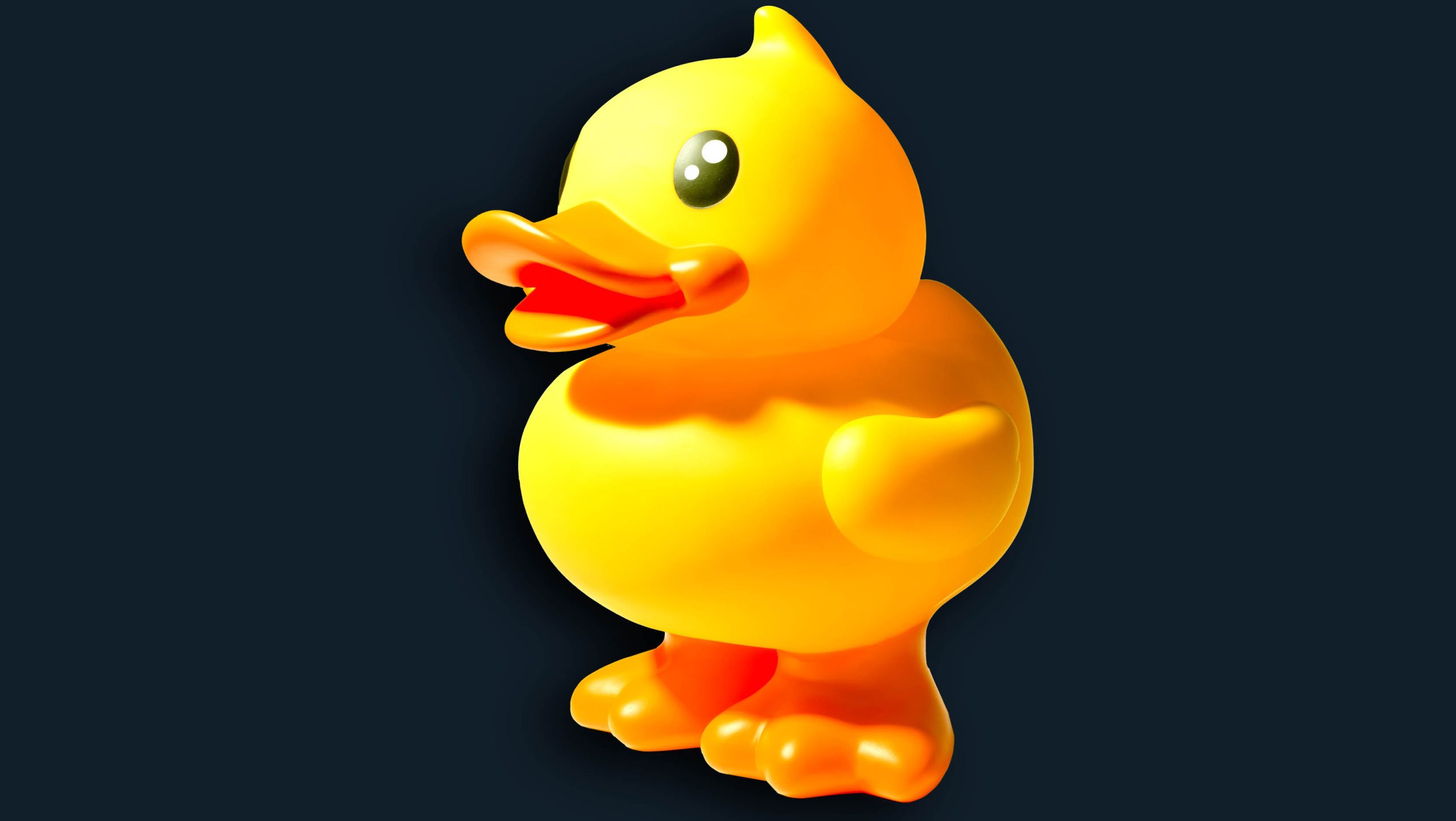Yellow is bright, happy and stimulating
It is associated with intellect and the expression of thoughts. It improves memory, judgement and the capacity for decision-making. Yellow also promotes the assimilation of new ideas and the capacity for understanding varying points of view. Moreover, it seems that yellow helps people become more organised and to adopt an optimistic attitude, something one can appreciate in any room.
Yellow, therefore, is an excellent choice in decorating a room that is dedicated to intellectual pursuits. However, it is important to use it in connection with a colour such as blue that brings a measure of security and calm to the décor. Used alone in large quantities, yellow can prove to be too stimulating for the nervous system.
In advertising, yellow is used to best affect to promote children’s products and items related to leisure. Yellow is very effective for attracting attention (Yellow pages), so use it to highlight the most important elements of your design. Men usually perceive yellow as a very lighthearted, ‘childish’ colour, so it is not recommended to use yellow when selling prestigious, expensive products to men – nobody will buy a yellow business suit or a yellow Mercedes. Yellow is an unstable and spontaneous colour, so avoid using yellow if you want to suggest stability and safety.
Yellow stimulates humour and logic, efficiency, warmth, self-awareness and personal power. People who like to wear yellow are interesting and stimulating. They thrive on being active and taking up challenges. They search for happiness. In colour therapy, yellow corresponds to the solar plexus, stomach, liver, gall bladder and pancreas.
Over the ages and in a number of cultures, yellow has variously been associated with the emperors of China, the arrival of spring and Easter, the generosity of the land at wheat and corn harvest time, Buddhist philosophy and a number of other images. But yellow does have a less positive side to it. It is associated with illness. Seagoing ships, for example, reserved their yellow pavilions as quarantine quarters. Yellow is also associated with cowardice.
Yellow produces a warming effect, arouses cheerfulness, stimulates mental activity and generates muscle energy. Yellow is often associated with food. Bright, pure yellow is an attention getter, which is the reason taxicabs are painted this colour. When overused, yellow may have a disturbing effect; it is known that babies cry more in yellow rooms. Yellow is seen before other colours when placed against black; this combination is often used to issue a warning.
Use yellow to evoke pleasant, cheerful feelings but shades of yellow are visually unappealing because they loose cheerfulness and become dingy.
The Shell petrol station brand logo started out in 1900 as a literal inked clamshell drawing but has gradually become a smooth red and yellow stylised shell. The colours and shape are so distinct, Shell no longer even needs to write its name on the logo. Both the yellow and the red act to draw attention to the brand, and to help the passing motorist make the right decision when on the move. The pure yellow also helps re-enforce Shell’s core values of honesty, integrity and respect. As the colour of intelligence and understanding, it is perfect for a global company setting high standards of performance and ethical behaviour. Interestingly, yellow is often commonly used by both the automotive industry and the food industry.

